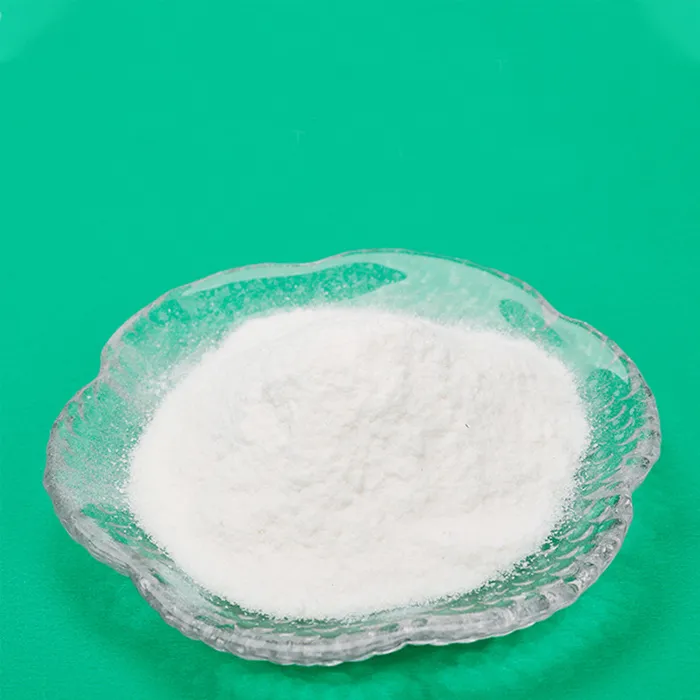Chemicals Used in Wastewater Treatment Plants
Wastewater treatment plants play a critical role in protecting public health and the environment by removing contaminants from wastewater before it is released into natural water bodies or reused. The effectiveness of these treatment processes often relies heavily on a range of chemicals that facilitate the purification of water. Understanding the types of chemicals used in these facilities is essential for grasping how wastewater management operates.
One of the primary categories of chemicals utilized in wastewater treatment is coagulants. Coagulants are substances that help in the aggregation of small particles into larger flocs, which can then be easily removed from water. Common coagulants include aluminum sulfate (alum) and ferric chloride. These chemicals neutralize the charges on suspended particles, allowing them to clump together. The resulting flocs can then be removed through sedimentation or filtration processes.
In addition to coagulants, flocculants are used to enhance the formation of these larger aggregates. Flocculants are typically high-molecular-weight polymers that further assist in binding the flocs together, improving the efficiency of solid-liquid separation. The use of flocculants is particularly important in the treatment of municipal wastewater, where the diversity and quantity of suspended solids can vary significantly.
Another critical aspect of wastewater treatment is the disinfection process, which is essential for eliminating pathogens from the treated water. Chlorine has been a traditional disinfectant used in many wastewater treatment plants, effectively killing harmful microorganisms. However, due to concerns regarding the formation of harmful by-products known as trihalomethanes, other disinfection methods have gained popularity. Sodium hypochlorite, ozone, and ultraviolet (UV) light are some of the alternatives that have been increasingly adopted.
what chemicals are used in wastewater treatment plants

In biological treatment processes, chemicals such as nutrients may be added to enhance the growth of microorganisms that degrade organic matter. Nitrogen and phosphorus are vital nutrients that support microbial activity, promoting the breakdown of pollutants. Additionally, chemicals like sodium bicarbonate may be added to maintain appropriate pH levels, ensuring optimal conditions for microbial action.
Furthermore, advanced treatment options, such as membrane filtration and reverse osmosis, sometimes utilize various chemicals for cleaning and maintaining membrane systems. These include cleaning agents that help remove fouling and scaling, ensuring consistent treatment performance.
Finally, it is also essential to consider the role of pH adjusters, such as sulfuric acid or sodium hydroxide, which are used to control the acidity or alkalinity of wastewater. Maintaining a proper pH level is crucial for the effectiveness of both biological and chemical treatment processes.
In conclusion, the successful operation of wastewater treatment plants hinges on a diverse array of chemicals that facilitate the removal of pollutants and pathogens. From coagulants and flocculants to disinfectants and pH adjusters, each chemical plays a specific role in ensuring that treated wastewater meets environmental standards and is safe for release or reuse. Understanding these chemicals and their functions is fundamental for anyone involved in water treatment and environmental protection.

